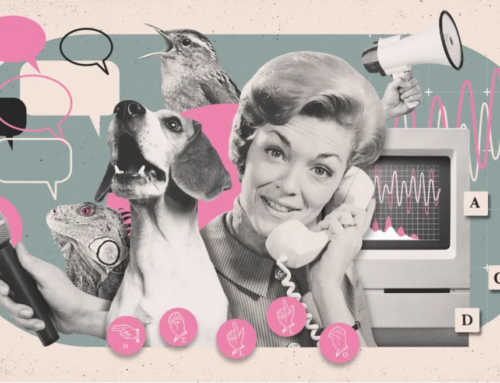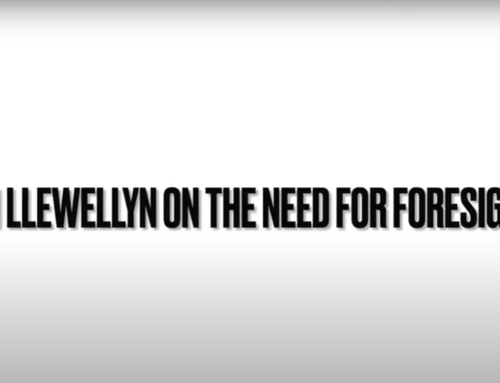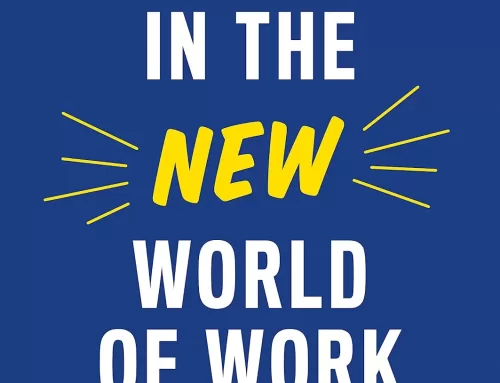Apparently so!….Our Futures Studies program had the great pleasure of a visit with Philipp Ecken, a colleague with Center for Futures Studies and Knowledge Management, EBS Business School. He joined us for several classes–and a few cocktails as well. We are always pleased to share our thinking and learn from others how they do it.
Perhaps the most interesting research that Philipp shared was a draft of a paper “Desirability bias in foresight: Consequences for decision quality based on Delphi results” written with his colleagues Tobias Gnatzy and Heiko von der Gracht (will link to paper when it’s published). Their research focused on the desirability bias, which causes experts (and lay people alike) to assess the probability of desirable events too high and undesirable events too low. In other words, if we want something to happen, we judge it to be more likely to happen than an event that we are neutral towards. Similarly, if we don’t want something to happen, we downplay its likelihood compared to an event we are neutral toward.
Some may find this intuitively obvious, but it is sure helpful to have “the data.” My observations working with clients support the desirability bias. Clients tend to reject or at least downplay bad news, and are always eager to focus on the positive. Many times clients have asked us to take out forecasts judged too negative (and, well, these have often subsequently happened!!!) Part of this, I suspect, in the US at least, comes from our “can do” culture in which those touting the positive are judged as “movers and shakers” and those who point out the negative are “doom and gloomers.” Combine this with the desirability bias, and no wonder it is difficult to engage with potentially negative futures. Rather than prepare for the negative, we hope for the positive.
As with any bias, the key is awareness. Knowing about the desirability bias helps us plan accordingly. In fact, Philipp and his colleagues found that the use of the Delphi technique helped reduce the impact of the desirability bias – it didn’t eliminate it, but it did reduce it.
So, folks, beware of your, or your clients, desirability bias. In foresight work we separate the steps of creating the map of the future landscape, such as scenarios, from the step of visioning, or creating a preferred future. Thus, we paint a neutral picture, and then we can engage our optimism in crafting a preferred future. Again, though, in crafting our plans to reach the preferred future, we should be aware of desirability bias, so that we don’t craft plans at odds with what is actually going on. Andy Hines





